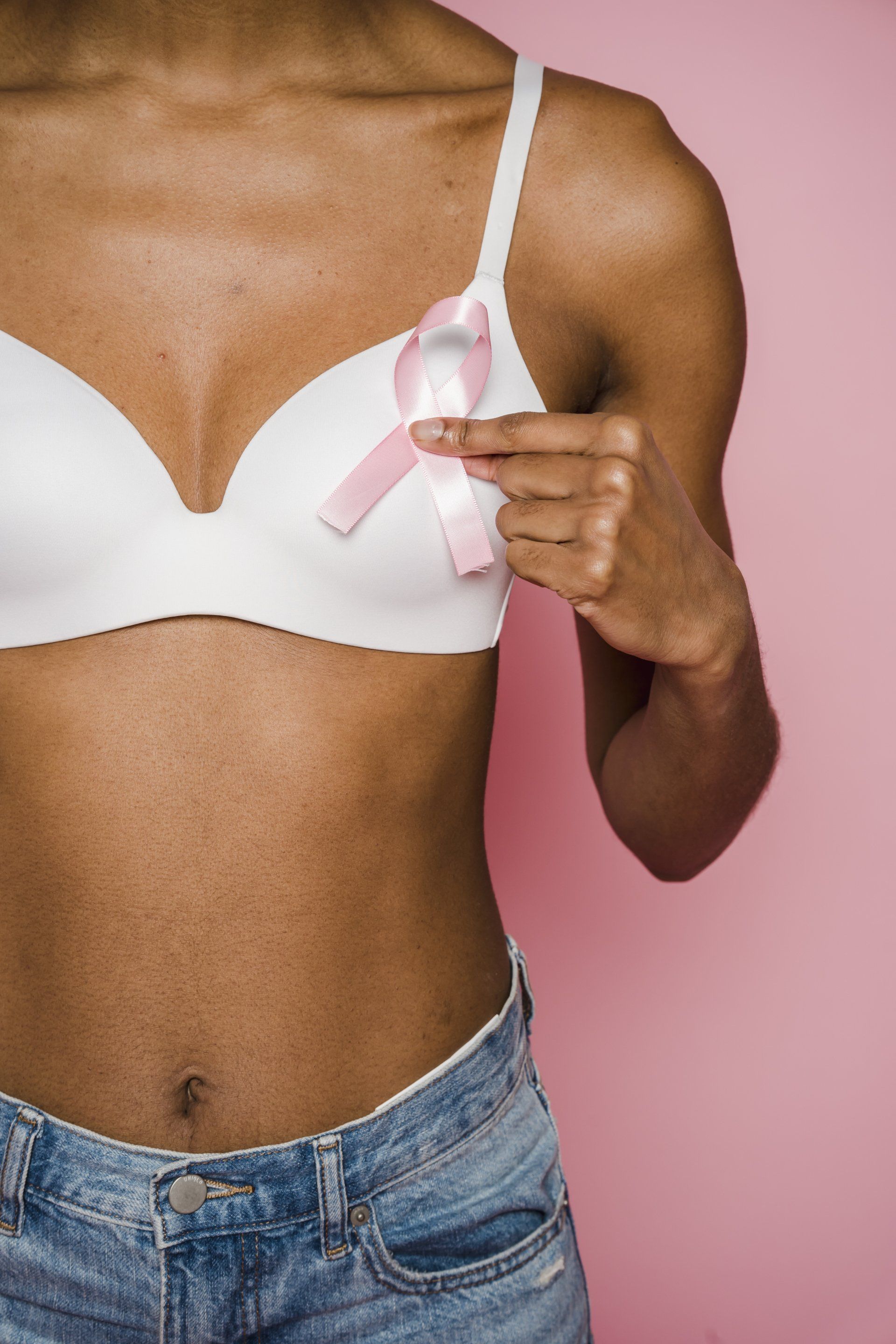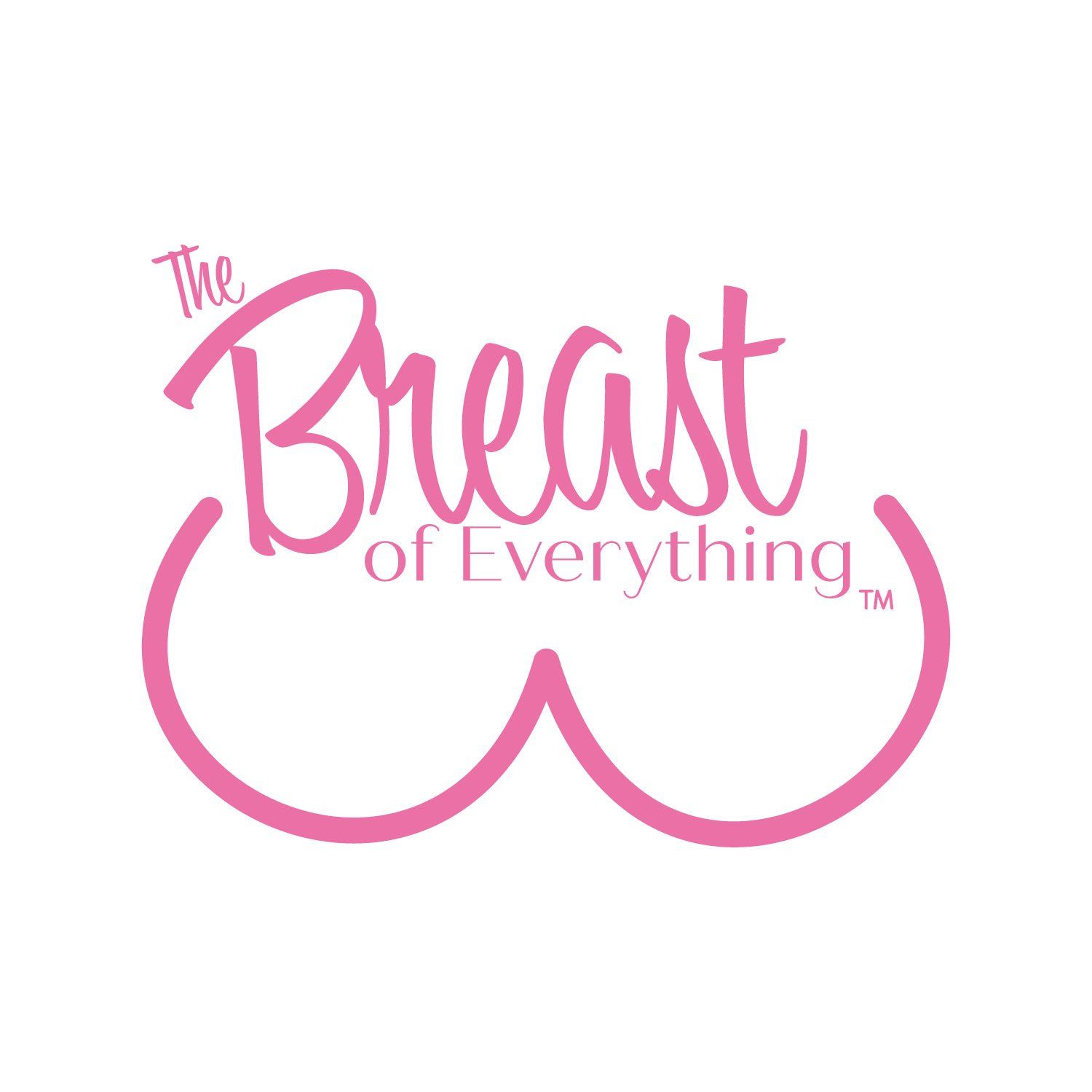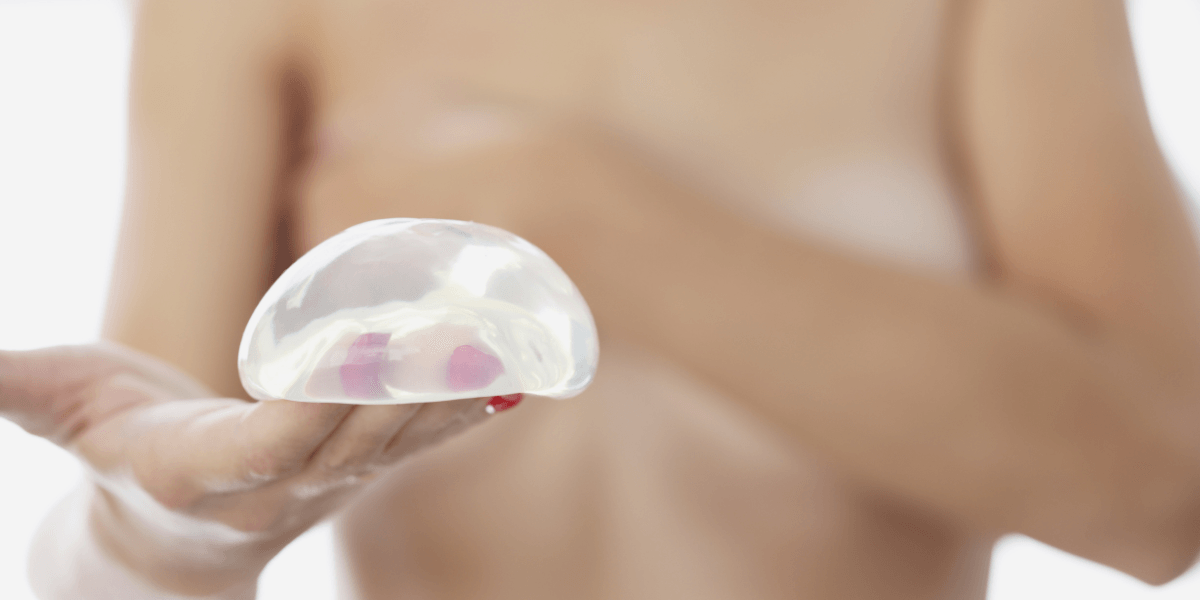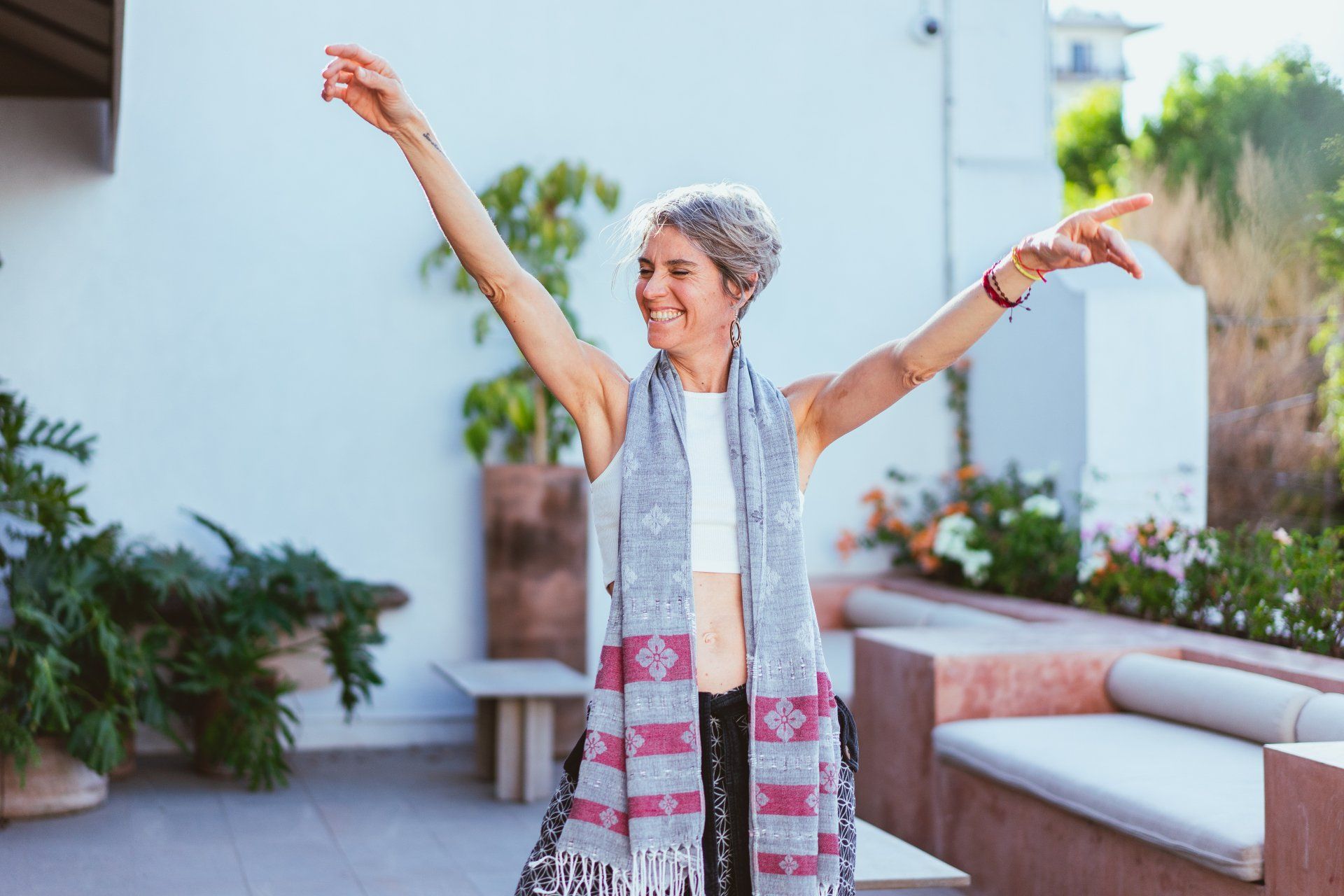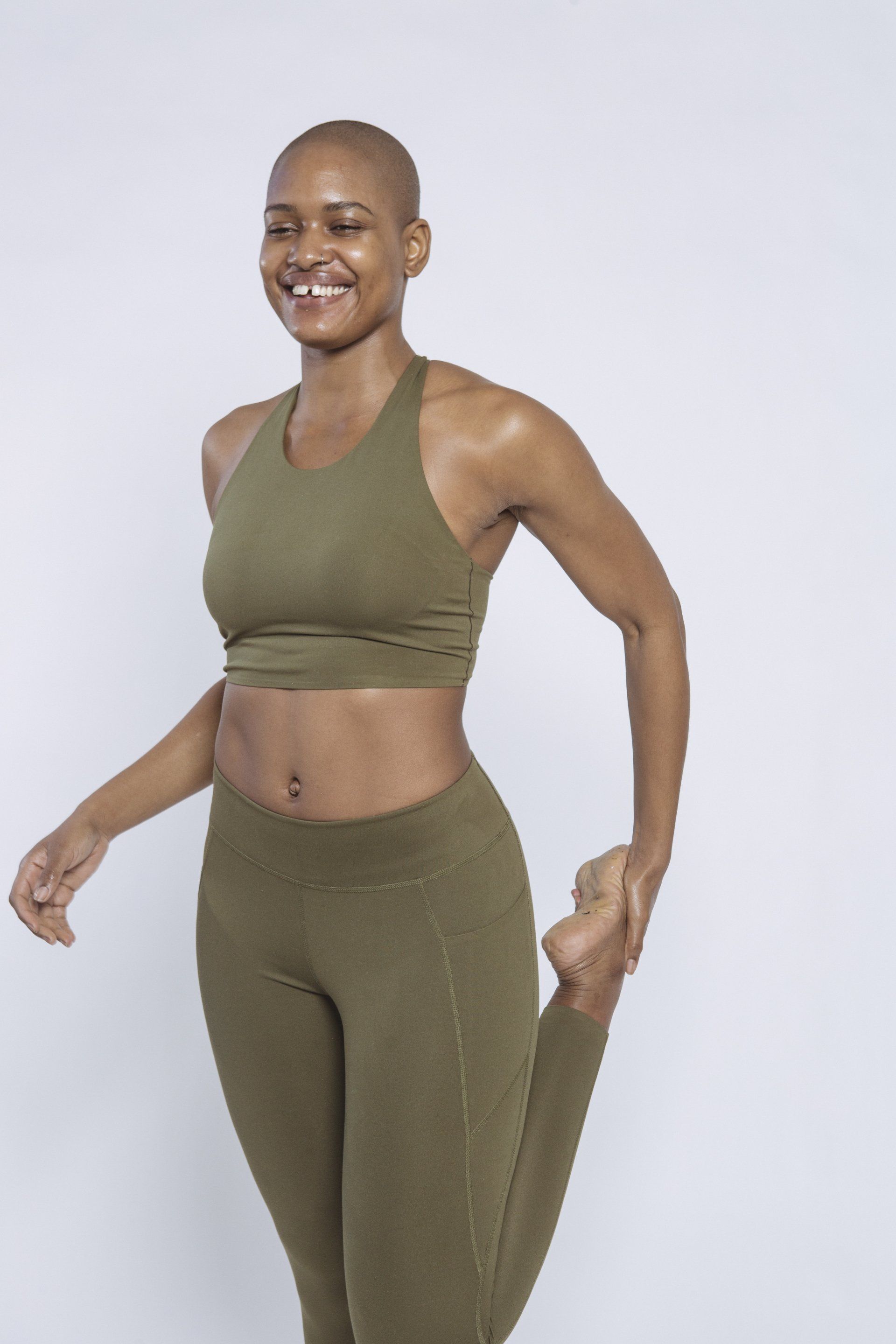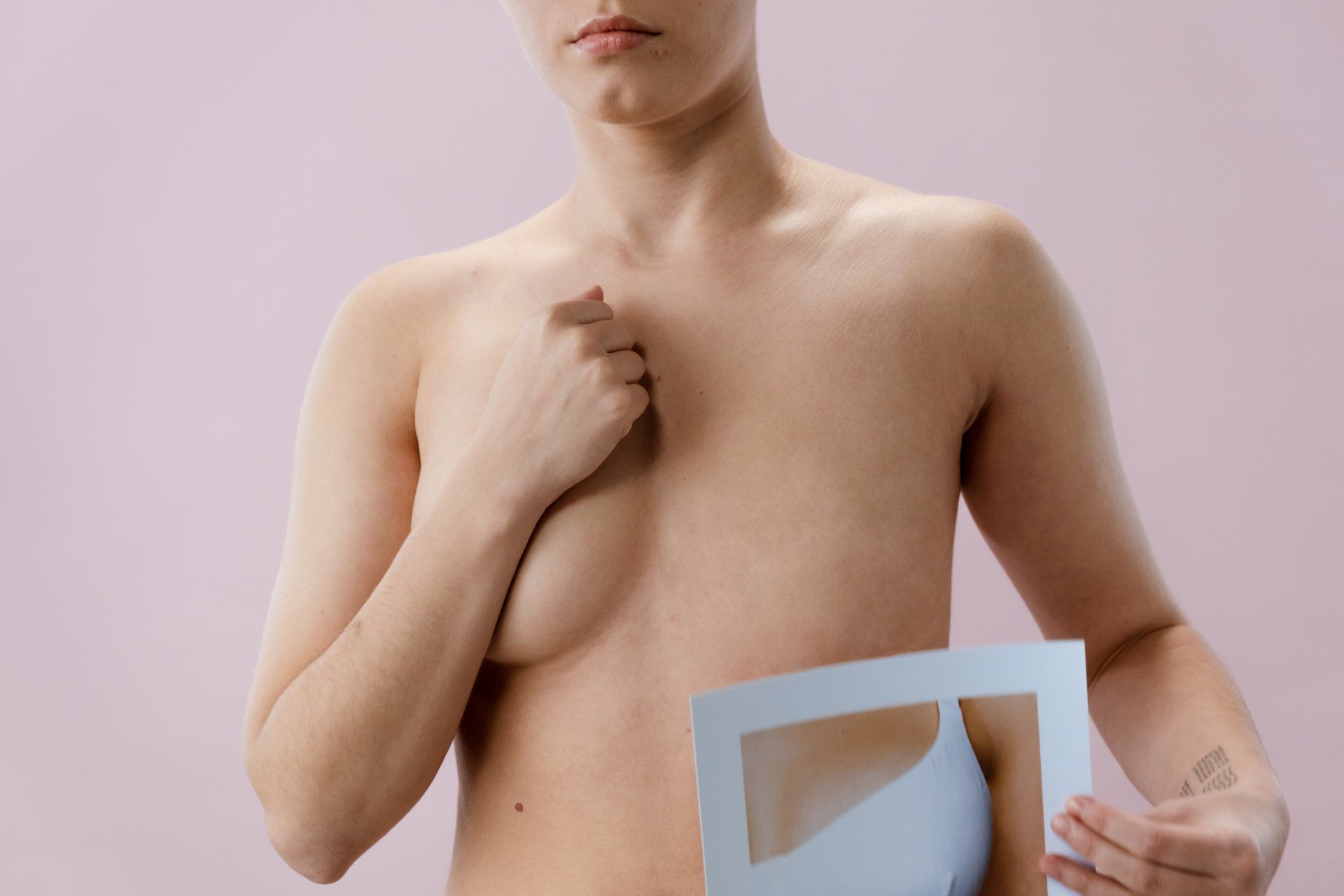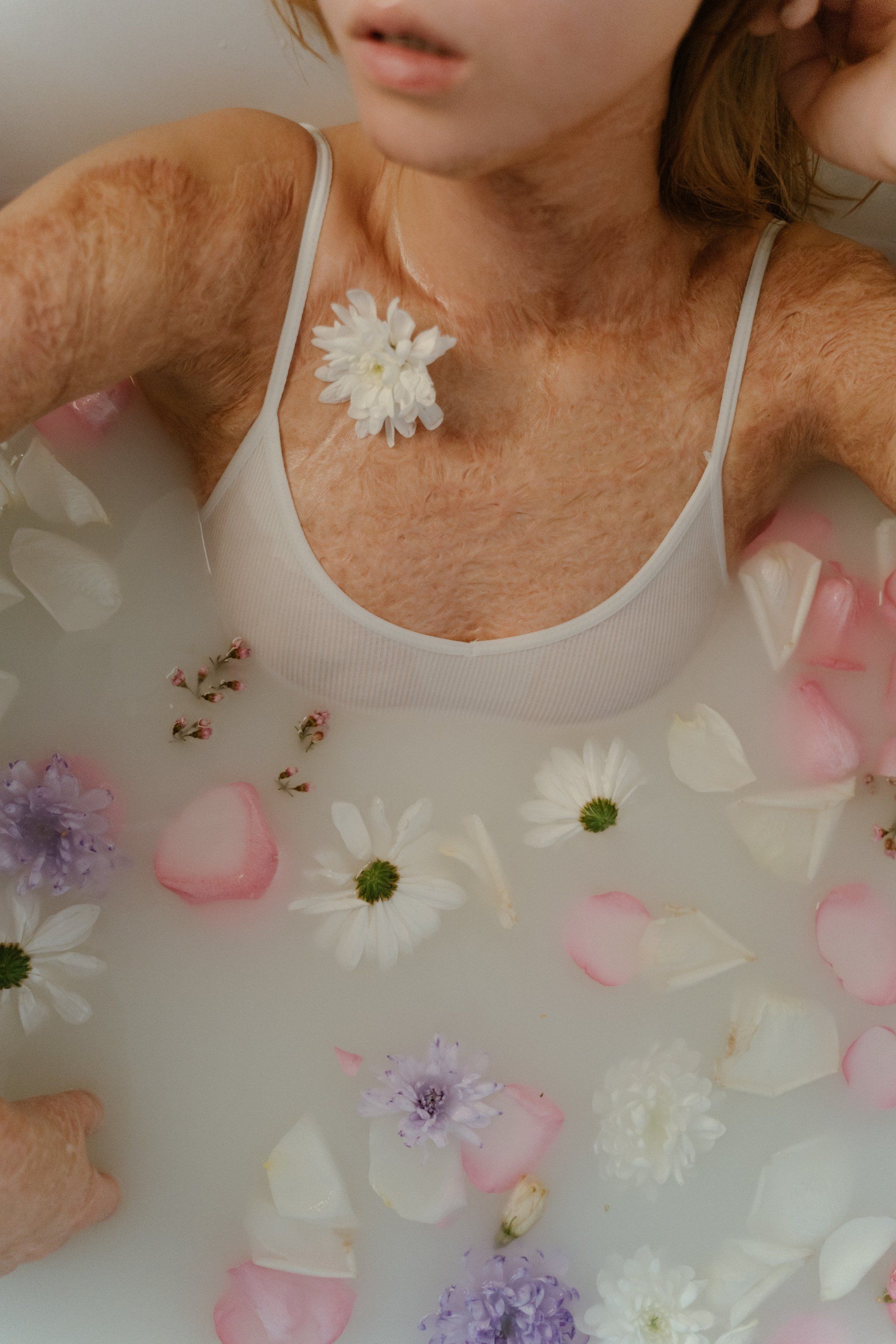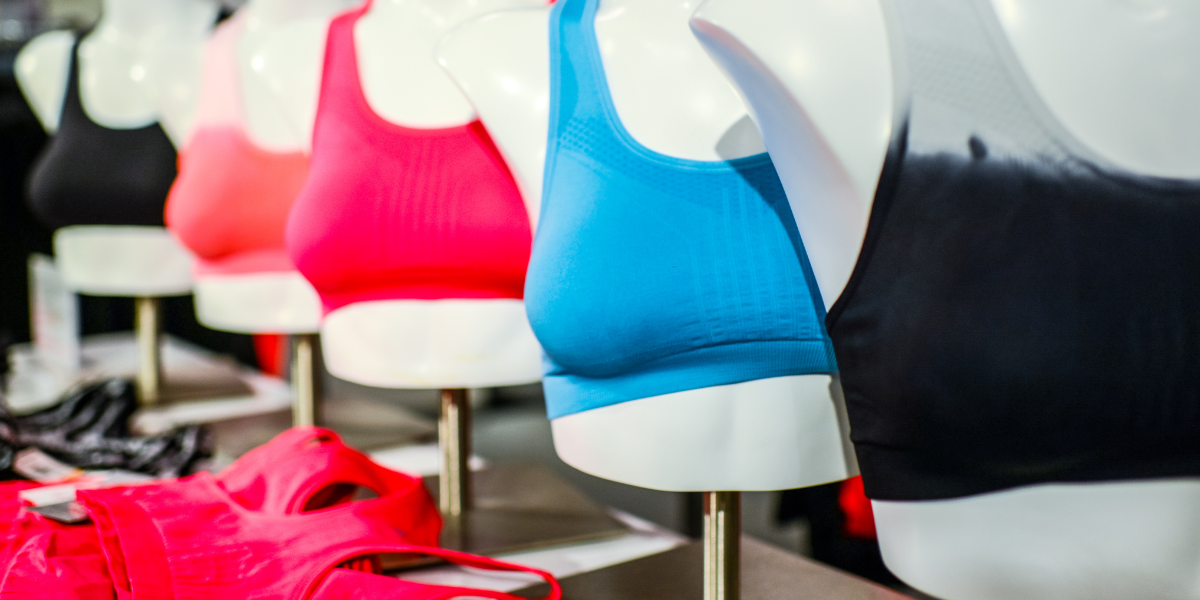Common Causes of Sagging Breasts and Tips for Prevention
As we age, our body will undergo plenty of changes. For many women, one of the inevitable yet frowned upon changes would be the sagging of the breasts. This is also called breast ptosis.
Your nipples will start to point downwards, and the breasts will sit lower on your chest and may no longer be as full as it once was. It’s natural for our breasts to change over time, but many other causes will cause them to change faster than expected.
In this article, we’ll explore the things that cause the breast to sag and a few tips on preventing it. Read on to find out.
What Causes Droopy Breasts?
Breast ptosis occurs when the ligaments (also known as Cooper’s ligaments) that support and lift the breasts stretch out or when the skin loses its elasticity.
The most common cause of saggy boobs is aging. But, in addition to age, there are also plenty of other factors that can cause saggy breasts, including genetics, hormone changes, pregnancy, weight changes, gravitational pull, and smoking.
How do all these factors affect breast shape and skin elasticity? Check out our explanations below:
- Age
As mentioned, saggy breasts result from the breast ligaments being stretched out and the loss of breast skin elasticity which happens over time. Because of this, the underlying support system of breast tissue gets compromised and affects breast fullness as we age.
- Weight Gain and Pregnancy
Collagen and elastin are two types of proteins that are important for maintaining breast firmness.
When your skin has been stretched for an extended period (which happens during weight gain or pregnancy), the elastin and collagen fibers in the skin get damaged. Because of this, they lose their ability to return to their original size and shape. (*)
Additionally, our breast contains more fat tissue, which also diminishes when we get rid of extra fats in our body. As a result, rapid weight loss will cause your breasts to become less firm and lose their shape.
- Genetics
In addition to its effect on your breast size and shape, genetics may also impact your risk of having saggy breasts because it may also play a role in your body weight and the strength of your breast ligaments.
- Hormonal Changes
Perimenopause starts between the age of 40 to 50. The female hormone (progesterone and estrogen) levels may drop significantly during this time.
Unfortunately, estrogen is vital in maintaining the hydration and elasticity of our breast’s connective tissues. Without it, our breast tissue will lose its elasticity and become dehydrated, causing the breast to sag, shrink, and lose its shape.
- Smoking
The toxins in a cigarette can be harmful not just to your lungs but to your skin as well. This is because the carcinogens in cigarette smoke break down elastin which is the type of fiber responsible for maintaining skin elasticity.
- Gravitational Pull
Gravity pulls our breasts down, which may cause strain and stress on our breast ligaments, causing them to stretch out. In addition, a higher breast mass increases your breast’s vulnerability to gravity, so women with larger breasts are at higher risk of having dropping breasts.
How to Prevent Breast Sagging
Since it’s a natural part of the aging process, we can’t precisely prevent breast sagging. However, there are things we can do to improve breast firmness. Here are some of them:
- Get proper nutrition.
There’s no magic pill, diet, or superfood that you can try to prevent sagging. However. Getting enough nutrients and antioxidants can help your body fight off free radicals that cause signs of aging.
Because of this, a diet rich in antioxidants can help improve your skin’s elasticity and texture. Not only that, fruits and vegetables can also deliver our skin's hydration.
- Wear a supportive bra.
Here’s one myth we want to debunk: not wearing a bra won’t cause your breast to sag. Additionally, no available peer reviewed studies can prove that wearing a bra can prevent sagging.
However, wearing a supportive sports bra can minimize breast motion and assist your ligaments in holding up your breasts. With reduced breast motion, the stress your ligaments receive is also minimized, so it’s prevented from getting too stretched out.
Because of this, you must wear a bra when exercising or have larger breasts. (*)
- Maintain a consistently healthy weight.
To prevent overstretching of the skin and maintain perky breasts, try to maintain a consistent weight. You don’t have to gain or lose too much weight. Just keep your weight consistent at a level that’s healthy for you.
You can do this through proper diet and regular exercise.
- Have your hormone levels checked.
During menopause, your estrogen levels will significantly drop, which will also cause a decrease in the tissue collagen in your breasts.
That’s why it’s a must for women in menopause to get a test to determine their hormone levels. If the levels are below normal, talk with your doctor and ask for ways to raise your hormone levels.
What Can You Do to Fix Saggy Breasts?
Unfortunately, there’s no natural way to revere sagging or fix saggy breasts. There are, however, a few plastic surgery procedures that can help restore breast appearance and bring back its natural lift. Here are two options:
- Breast Lift
Also called mastopexy procedure, breast lifts are designed to give the breasts a lifted and firmed appearance. This is done by removing the extra skin and tightening the connective tissue surrounding it.
A breast lift can also improve nipple projection and promote a better-looking breast shape.
If you’re looking for a non-surgical breast lift procedure, some of your best choices are Thermage, Laser, Apto Threading, and Botox.
- Breast Augmentation
On the other hand, breast augmentation is a type of procedure that's focused on restoring breast's size and shape. For this, you have two choices: breast implant and fat transfer breast augmentation.
Frequently Asked Questions About Sagging Breasts
Here are some of the answers to the most commonly asked questions about drooping breasts:
1. Can exercise prevent or reverse sagging breast?
Unfortunately, regular upper body exercise won’t bring back perky breasts because breasts are not made up of muscles.
However, these exercises can tone up the muscles behind your chest and improve its appearance. Additionally, you’ll enjoy better overall health. These exercises include chest wall and chest presses.
Pilates is another excellent exercise in lifting the chest. (*) If this is your preferred upper body exercise, you should take some supplements that can help satisfy your nutrition needs.
Some of the best supplements to take are Glucosatrin for improved flexibility and Probiotics for better digestion.
2. Does breastfeeding cause droopy breasts?
No, breastfeeding doesn’t cause the breasts to sag. However, the change in breast size and the mammary gland during pregnancy do. This is why many women who’ve had multiple pregnancies are at risk of having breast sag.
To avoid this, doctors recommend getting rid of the extra baby weight as quickly as you can after childbirth.
3. When is breast ptosis not normal?
The severity of breast ptosis is determined by how far the position of the nipple is from your inframammary fold.
It’s normal for the nipple to sit above the line of the fold. You have first-degree ptosis if your nipples are even with the breast crease and second-degree ptosis if it’s below the fold. If the nipple is already pointing downward, that’s considered third-degree ptosis.
The Bottom Line
It’s natural for your breast appearance to change over time. The good news is you can minimize the effects of aging on your breast through proper nutrition and healthy lifestyle choices. However, if you wish to make a few permanent changes to how your breasts look, you should consult with certified plastic surgeons to determine what’s the best path for you.
